Comic books are traditionally printed on paper, either as regular saddle-bound issues or in hardcover compilations. If you wanted to read them on a low-resolution screen run by an 8-bit computer, you were usually out of luck. Until now! Enter StripStream, the comic book reader for the Commodore 64.
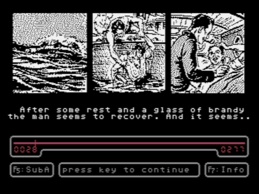 StripStream runs on a stock PAL C64 system, using the Datasette interface. A PC program is used to compose a comic into a suitable format for the C64. It then generates a .TAP file which can either be played in a C64 emulator, or recorded onto an audio tape for loading on real hardware.
StripStream runs on a stock PAL C64 system, using the Datasette interface. A PC program is used to compose a comic into a suitable format for the C64. It then generates a .TAP file which can either be played in a C64 emulator, or recorded onto an audio tape for loading on real hardware.
According to [janderogee], who created the software, just 34 minutes of tape can store over 300 images and 1200 lines of subtitle text. Cassettes were chosen for the storage method as standard 5 1/2″ C64 disks could only hold 165 kilobytes of data per side, meaning two whole double-sided disks would be needed to store the same amount of data. Plus, the linear nature of tape makes sense for a sequentially-read comic story. Just don’t get any ideas about doing a choose-your-adventure thing here, as StripStream isn’t built for random access.
If you don’t want to read regular comics, you can always use a tool to automatically generate them from existing media. Incidentally, StripStream is a great name, but we would have called it Comicdore 64.
Continue reading “Read Comic Books On The Commodore 64 With StripStream”

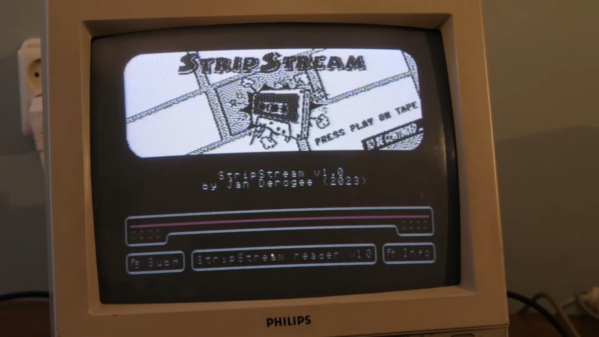


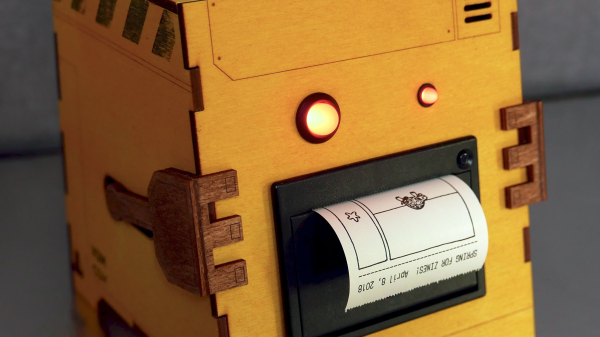
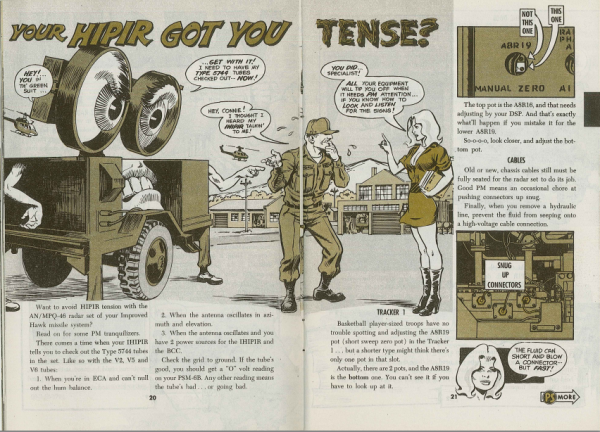
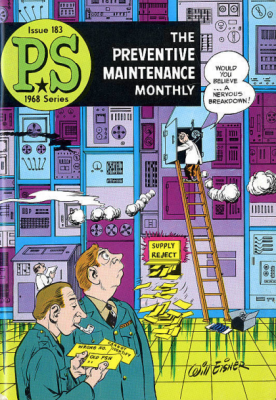 The first of these rags was called
The first of these rags was called 










